
ESP Series: ESP8266/ ESP32 Related
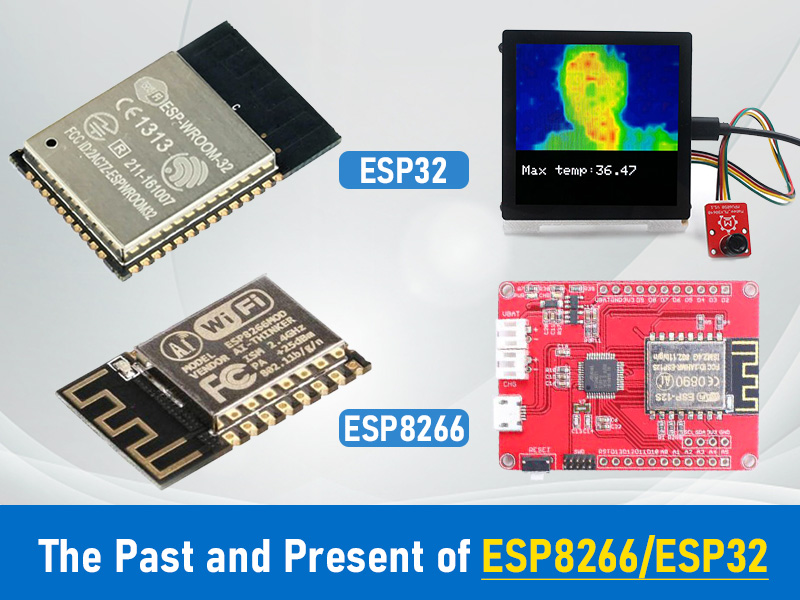

ESP series are very popular in makers' projects, ESP8266 and ESP32 are the most commonly used, We will talk about those 2 ESP series from Espressif, and some ESP8266 and ESP32 related products designed by Makerfabs.
1. ESP8266
In 2014, Espressif released a module called ESP8266, it was just intended as a WiFi module. Before ESP8266, the WiFi modules are expensive than $5, such as the widely used RN171. As the ESP8266 turns out, it made a great shake to the WiFi market, its price lower than $2, which makes it possible that more items can be connected to the internet directly at a much lower cost.
The drawback of ESP8266 is that the ESP8266 does not provide any means to secure the code or the data it stores, which lead to risky, besides, as we Makerfabs testing, the power consumption is somewhat huge.
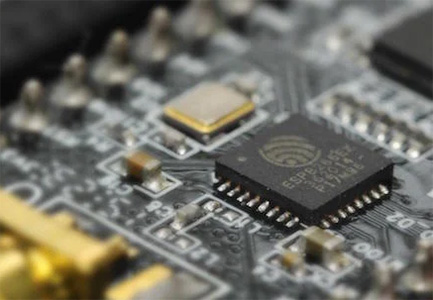

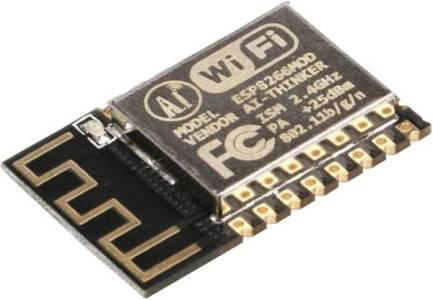

2. ESP32
In 2016, the ESP32 was released. It has more GPIOs, ADCs and DAC. It is dual-core Lx6, integrated with Bluetooth 4.2, and important, it has hardware encryption and code signature, which is important for safety. In the first of its release, as Espressif’s production ability, it is in serious shortage on the market... Now it is stable and has been widely used in Makerfabs products.
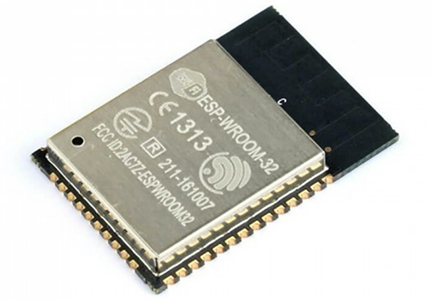

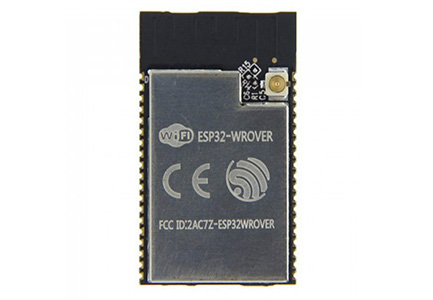

In 2019, the ESP32-S2 was released. Compares to ESP32, it selects a different way: it is based on LX7 but single-core, it supports BLE5 and the USB OTG(which is essential for the CircuitPython), but as the main controller, seems it not so strong as the ESP32. Actually, it should be a transitional product from ESP32 to ESP32-S3. Which is about to release, by current files, it is based on dual-core 32-bit LX7, and also BLE integrated.
In 2020 , the ESP32-s3 was released.The ESP32-S3 is a low-power MCU System-on-Chip (SOC) that supports 2.4 GHz Wi-Fi and low-power Bluetooth® LE dual-mode wireless communication. The chip integrates the Xtensa® 32-bit LX7 dual-core processor, ultra-low-power coprocessor, Wi-Fi baseband, Bluetooth baseband, RF module and peripherals.It could be the most strong processor of ESP series products by now.
Also,the ESP32-S3 provides IoT devices with comprehensive security mechanisms and protection against various malicious attacks and threats. It supports Flash encryption based on the AES-XTS algorithm and secure boot based on the RSA algorithm; it has a digital signature and HMAC module for protecting private or symmetric keys from software attacks and ensuring device identity security.
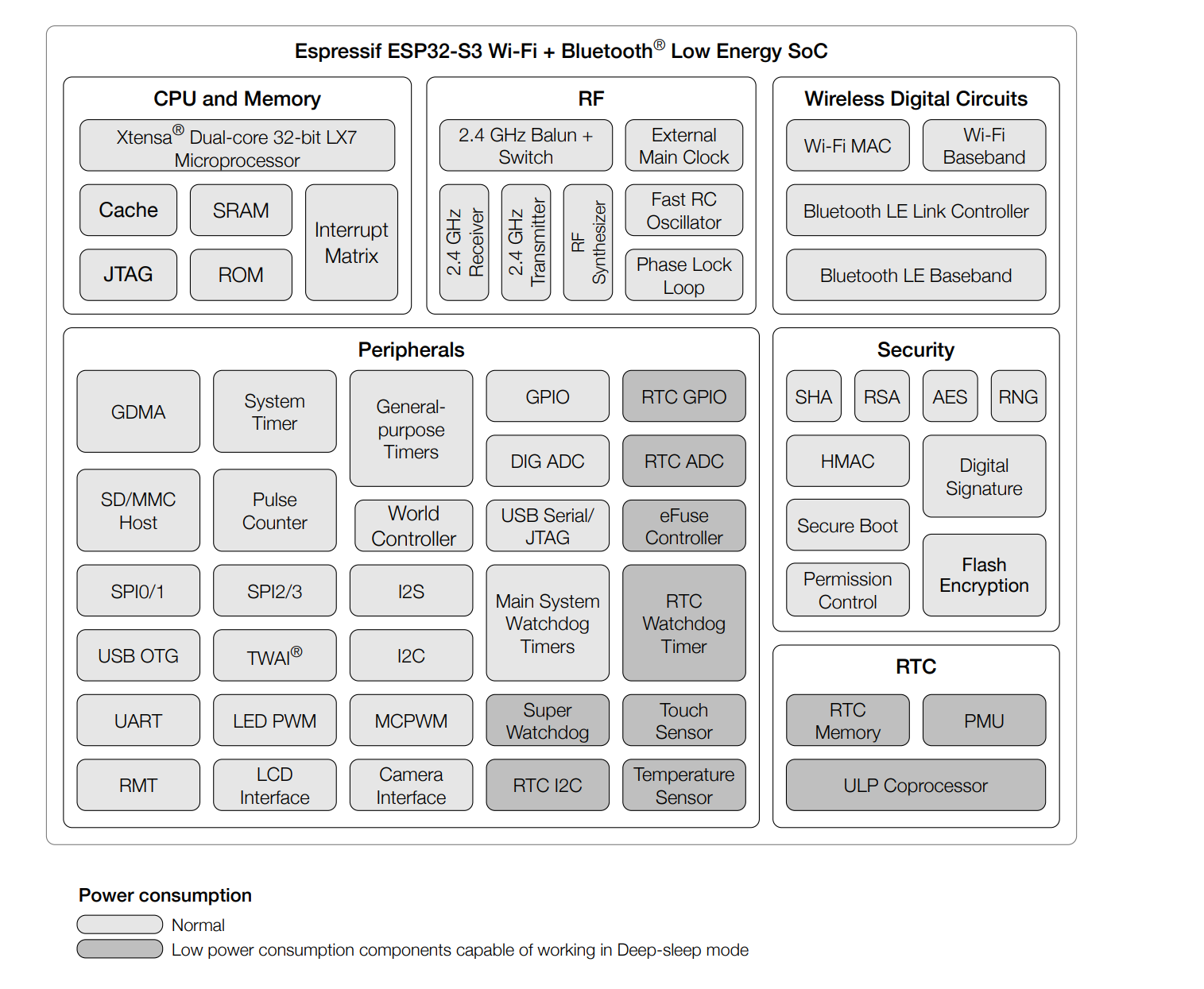

And In 2020, the ESP32-C3 was released, compares to other ESP modules, the most difference is that it is based on the RISC-V.
Than In 2021 , the ESP32-C6 was released.The ESP32-C6 has similar CPU, memory, and security features to the ESP32-C3. It features a 32-bit RISC-V single-core processor clocked at up to 160 MHz, 400 KB of internal SRAM, 384 KB of ROM, 46 GPIO ports, and support for IEEE 802.11ax standard 2.4 GHz Wi-Fi6.we think that it aims at the updated version of the ESP32-C3, target to consumer electronics& products.
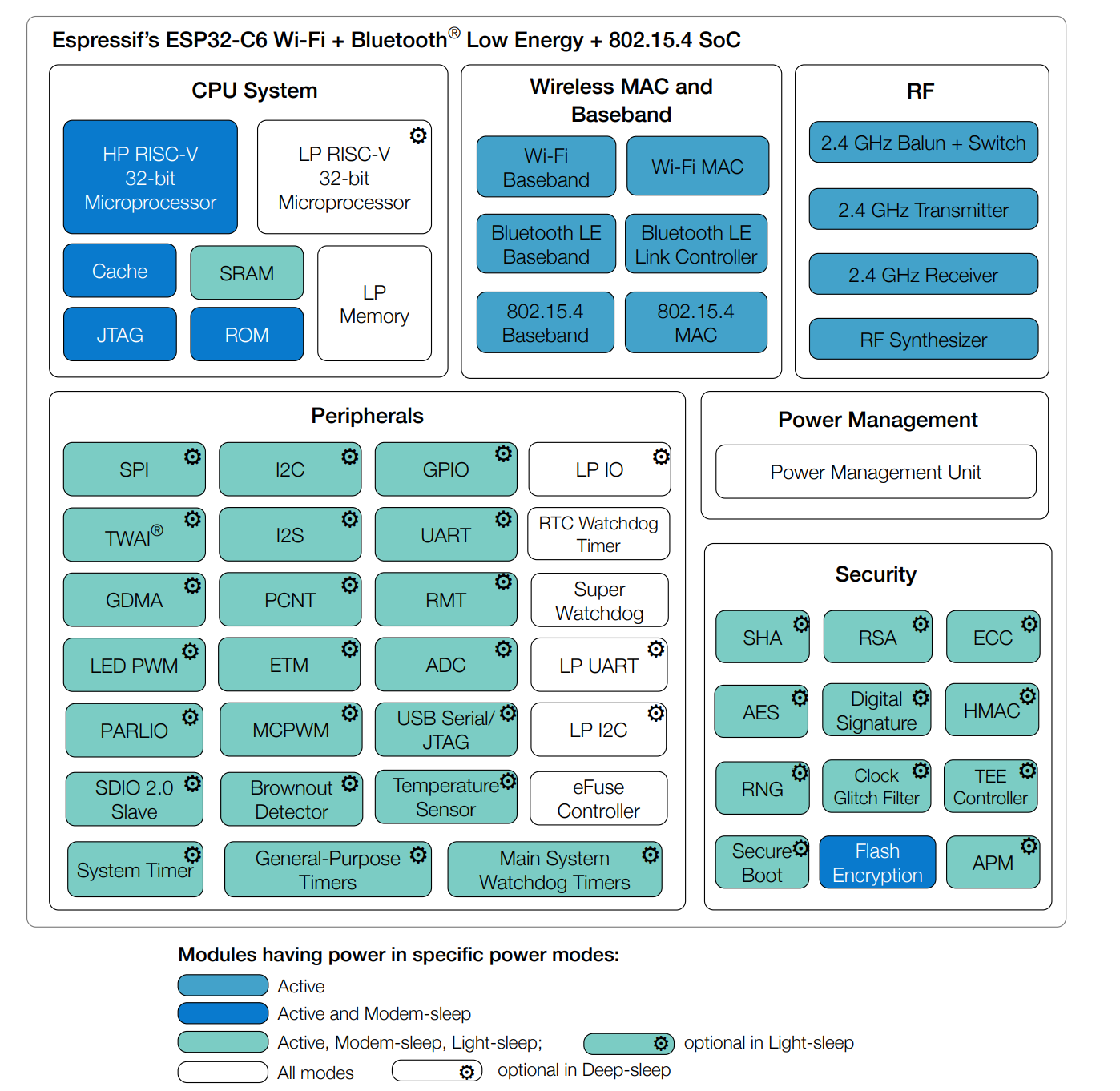

3. ESP8266 and ESP32 Detailed Comparison:
| ESP8266 | ESP32 | ESP32-S2 | ESP32-S3 | ESP32-C3 | ESP32-C6 | |
|
Announcement Date |
2014, August | 2016, September | 2019, September | 2020, December | 2020, November | 2021, April |
| Main processor T |
Tensilica L106 32-bit (up to 160MHz) | Tensilica Xtensa 32-bit LX6 (up to 240MHz) (optionally dual core) | Tensilica Xtensa 32-bit LX7 (up to 240MHz) | Tensilica Xtensa 32-bit LX7 dual core (up to 240MHz) | RISC-V 32-bit (up to 160MHz) | RISC-V 32-bit (up to 160MHz) |
| SRAM | 160KB | 520KB | 320KB | 512KB | 400KB | 400KB |
| ROM | 0 | 448KB | 128KB | 384KB | 384KB | 384KB |
| JTAG | X | ✓ | ✓ | ? | ✓ | ✓ |
| Cache | 32 KB instruction | 64KB | 8/16KB (configurable) | ? | 16KB | ? |
| WiFi | Wi-Fi 4 (only up to 72.2Mbps) | Wi-Fi 4 | Wi-Fi 4 | Wi-Fi 4 | Wi-Fi 4 | Wi-Fi 6 |
| Bluetooth | x | BLE 4.2 (upgrade to 5.0, with limitations) | x | BLE 5.0 | BLE 5.0 | BLE 5.0 |
| Ethernet | x | ✓ | x | ? | x | ? |
| RTC memory | 768B | 16KB | 16KB | 16KB | 8KB | ? |
| PMU | ✓ | ✓ | ✓ | ? | ✓ | ? |
| ULP coprocessor | x | ✓ |
ULP-RISC-V | ? | X | ? |
| Cryptographic Accelerator | XSHA, RSA, AES, RNG, HMAC, Digital Signature | SHA, RSA, AES, RNG | SHA, RSA, AES, RNG, HMAC, Digital Signature | SHA, RSA, AES, RNG, HMAC, Digital Signature | SHA, RSA, AES, RNG, HMAC, Digital Signature | SHA, RSA, AES, RNG, HMAC, Digital Signature |
| Secure boot | X | ✓ | ✓ | ✓ | ✓ | ✓ |
| Flash encryption | X | ✓ | XTS-AES-128/256 | ✓ | XTS-AES-128 | XTS-AES-128 |
| SPI | 2 | 4 | 4 | ? | 3 | ? |
| I2C | 1 | 2 | 2 | ? | 1 | ? |
| I2S | 1 | 2 | 1 | ? | 1 | ? |
| GPIO | 17 | 34 | 43 | 44 | 22 | 22 |
| LED PWM | 5 | 16 | 8 | ? | 6 | ? |
| Pulse counter | 0 | 8 | 4 | ? | 0 | X |
| USB | x | x | USB OTG 1.1 | ? | Serial/JTAG | ? |
| ADC | 1x 10-bit SAR | 2x 12-bit SAR, up to 18 channels | 2x 13-bit SAR, up to 20 channels | ? | 2x 12-bit SAR, up to 6 channels | ? |
| DAC | X | 2x 8-bit | 2x 8-bit | ? | X | X |
| RMT | 1x transmission + 1x reception | 8x transmission/reception | 4x transmission/reception | ? | 2x transmission + 2x reception | ? |
| Timer | 2x 23-bit | 4x 64-bit | 4x 64-bit | ? | 2x 54-bit + 1x 52-bit | ? |
| Temperature Sensor | ✓ | ✓ | ✓ | ? | ✓ | ? |
| Hall Sensor | X | ✓ | X | ? | X | ? |
| Touch Sensor | 0 | 10 | 14 | ? | X | ? |
- All the MCUs have some sort of DMA. However, if this field is not checked, it means that the user hasn't the direct control
In the past years, Makerfabs have more than 100 products& projects with ESP series, either by our designed IoT products, or customers ODM projects, have rich experience in the R&D, components vendors, production, and testing:
3.1 ESP8266 Projects:
● ESP8288 WiFi Shield for Arduino
● MakePython ESP8266
● ESPwatch
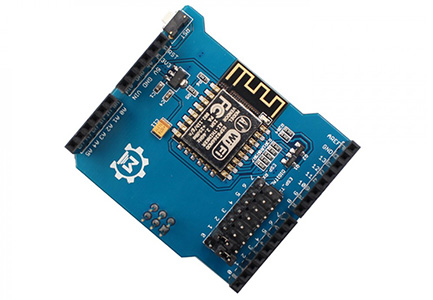

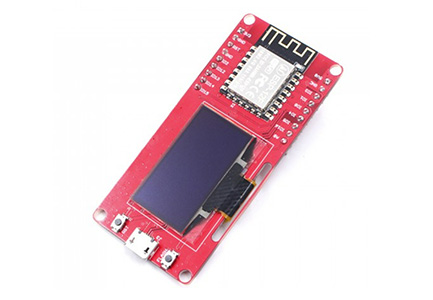

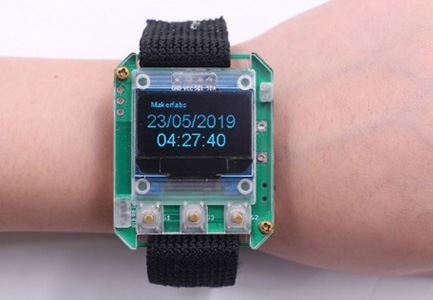

3.2 ESP32 Projects:
● Game Boys
● ESP32 3.5" TFT Touch
● DIY ESP32 SmartClock Kit with Weather Forecasting
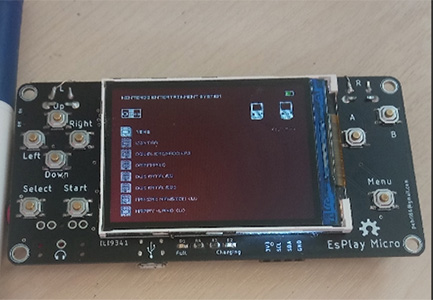

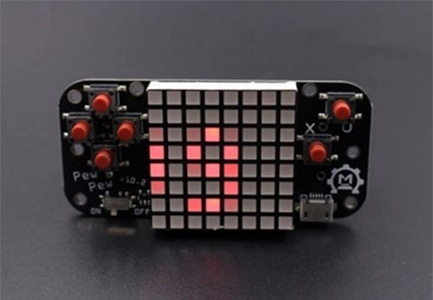



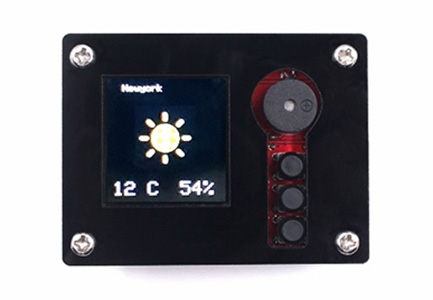

3.3 ESP32-S2 Projects:
● ESP32-S2 Parallel TFT with Touch 3.5''
● NodeMCU ESP32-S2-SAOLA-1R
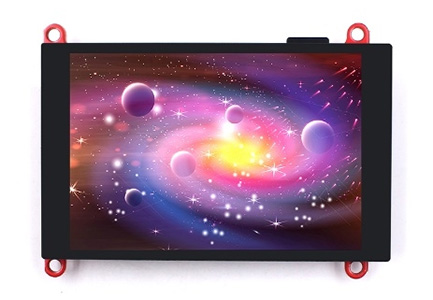

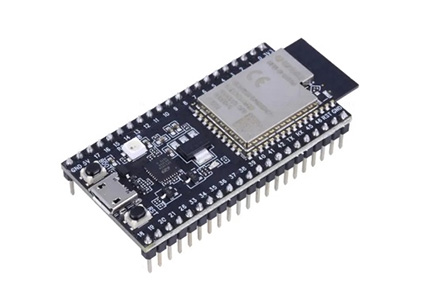

3.4 ESP32-S3 Projects:
●MaTouch ESP32-S3 RotaryIPS-Display1.28" GC9A01
●Espressif ESP32-S3-DevKitC-1 (N8R8_8MB Falsh 8MB PSRAM)
●MaTouch ESP32-S3 Parallel TFT with Touch 7“
● MaTouch_ESP32-S3 4 inch Display Demo Kit/ Photo Frame/ TVOC Monitor/ Infrared Temperature/ Globe Weather Forecasting


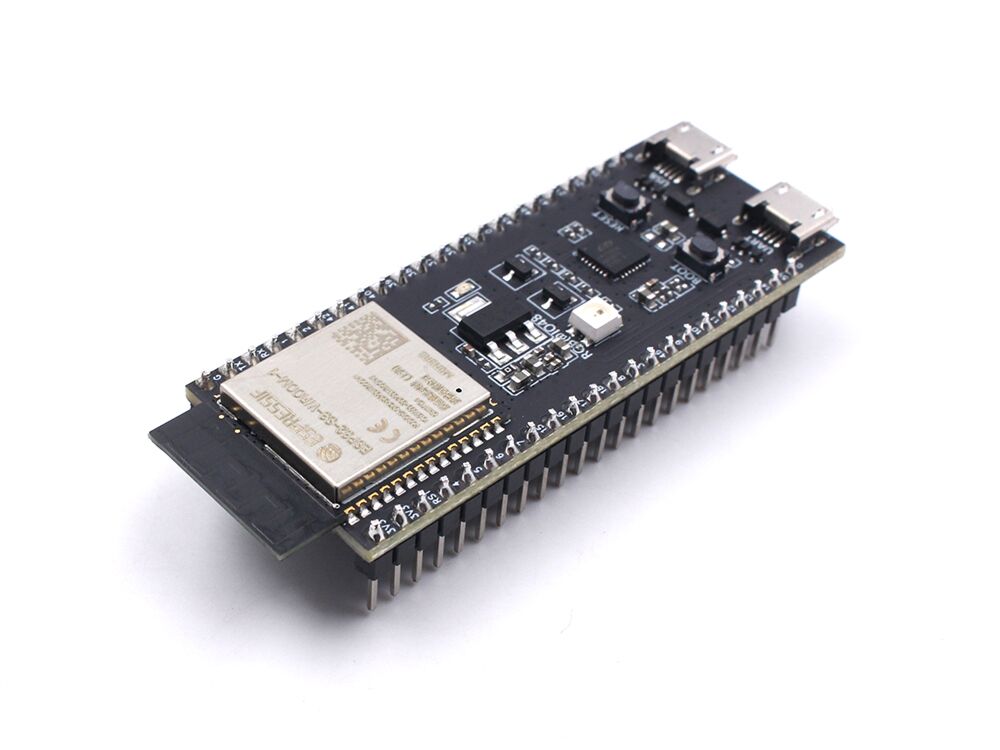

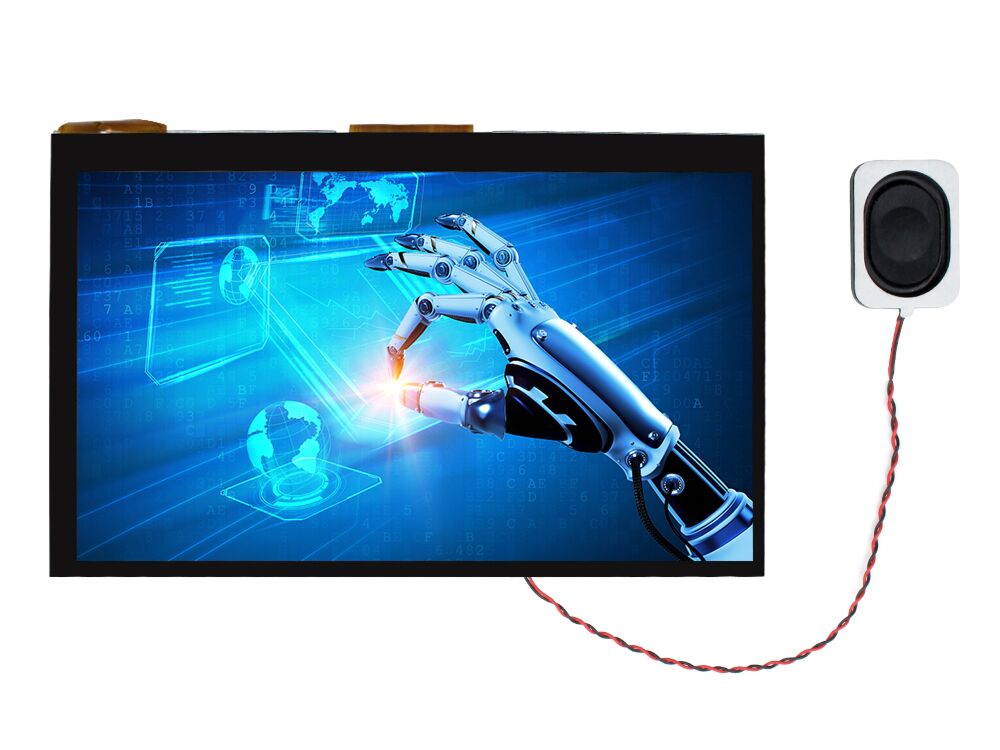

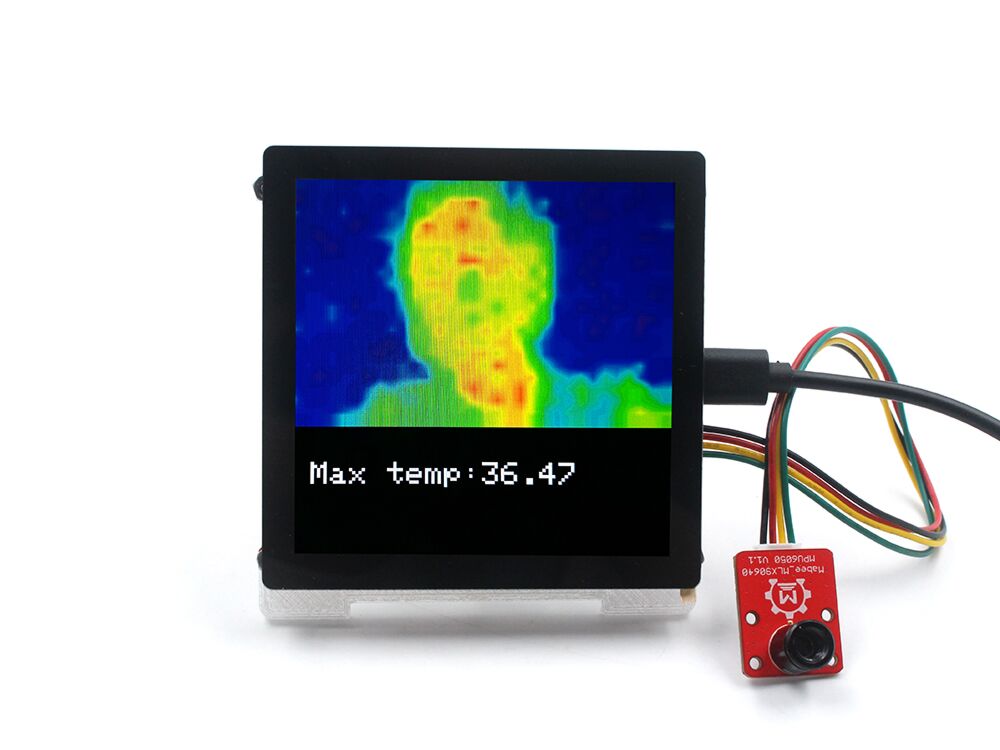

3.5 ESP32-PICO-D4 Projects:
●DC Motor for Home Assistant_GA36Y-555
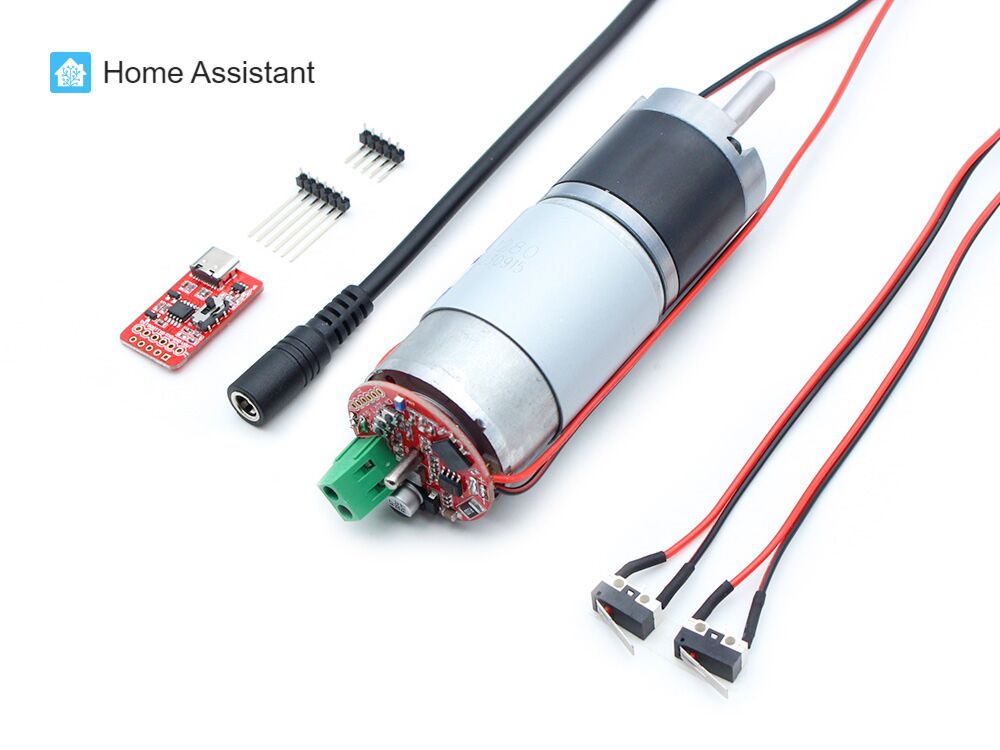

If any projects designing& production requests about the ESP series, welcome to contact Makerfabs service@makerfabs.com for assistance.



 Previous
Previous 



